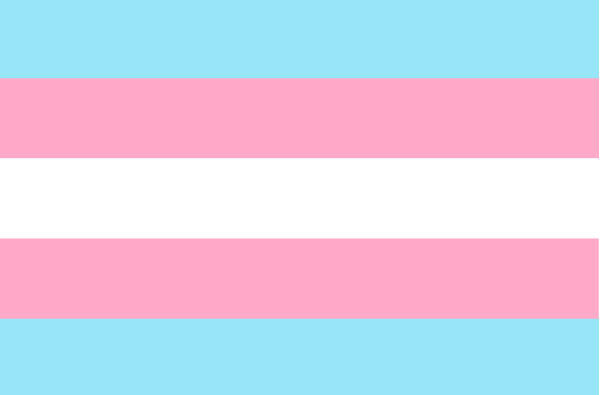All but one of the “5 Love Languages” translate just as effectively to professional relationships — and understanding them can help improve all your relationships.
Feeling love and belonging are fundamental human needs, right in the middle of Maslow’s Hierarchy of Needs. We might distinguish love as a personal bond — but belonging is identical in many ways, and is an appropriate description of how we all want to feel in our professional relationships. We want to know that our colleagues and bosses care about us, support us, and think well of us. Regardless of its form or label, the same need exists within our professional relationships the same way it does in our personal ones.
Most people turn to their personal relationships to get the love and belonging needs met, which makes perfect sense. Yet it’s helpful both to our well-being and to our work to build trust and strengthen professional relationships, and similar principles apply.
The 5 Love Languages is a model developed by Dr. Gary Chapman, who has authored numerous books about its application to personal relationships — he’s even developed an app designed to nudge couples toward communicating across different love languages. The idea is that we all have a primary language through which we best receive love. The 5 love languages include Words of Affirmation, Physical Touch, Gifts, Acts of Service, and Quality Time. While we communicate and receive love through all 5 of these languages, we are oriented toward one or two of them above the rest.
Referring to these different expressions of love as languages is quite helpful. In many cases, when one person communicates love through acts of service and the other person communicates love best through words of affirmation, it can seem like both people are trying to talk to each other in foreign languages. Usually the result is frustration because one person is trying hard to communicate that they care but the other person does not feel particularly loved by them.
While professional relationships are quite different than personal relationships, similar dynamics are rooted in the love and belonging need. I have seen many examples of supervisors attempting to show appreciation with a thoughtful gift, like bringing in pastries for everyone, only to see that gesture unappreciated due to the employees’ desire for encouraging words of affirmation. In fact, acknowledgement and appreciation are often at the top of employees’ lists of things that they want from their job/employer — surveys show it ranks above a monetary raise.
Whether you are in a supervisory position or not, getting familiar with your own primary love language and the primary love languages of your coworkers, friends, and loved ones will help you develop better relationships. Practice communicating in languages that are important to those around you. In a professional environment, given the survey results that are available, it would benefit you and your colleagues greatly if you practiced developing the language of Words of Affirmation in order to show appreciation and respect.
Here’s how you can apply the 5 Love Languages at work:
- Words of Affirmation: Always tell colleagues how their help impacted you. Tell colleagues that you liked a piece of work that they did, the effort they put into a project, or a suggestion that they made in a meeting.
- Physical Touch: Obviously, this language is limited in most professional environments, but you can be sure to greet those who appreciate it with a sincere handshake and high five often.
- Gifts: Incorporate thoughtful gifts into your work environment, whether it be a group card and flowers for someone’s birthday or a random surprise of fresh pastries for the staff meeting.
- Acts of Service: Look for ways to help colleagues around the office, like helping to clean up the conference room after a meeting or offering to pick up a coworker’s lunch order.
- Quality Time: Spend time with your colleagues, ask about their lives, pay attention to what they say, and show that you care about them as people.
While every attempt at showing others that you care about them might not be recognized or appreciated immediately, every attempt at showing you care contributes to a caring work environment and has cumulative effects. This benefits everyone. And of course, communicating appreciation and respect is not a one-way, top-down exercise. This is helpful at all levels and in every direction.
And good news — you can safely scratch physical touch off the list entirely and focus on the remaining four. SurveyMonkey researched how love languages apply to the office and found that only 3% would appreciate touch. Check out more of the SurveyMonkey findings here.
Active listening responds to a part of the love and belonging need important to all of us — the desire to be heard. Find more on active listening here. And practicing mindfulness can help you notice others’ love languages through their behavior more effectively. Find more on practicing mindfulness here.
Finally, noticing “love languages” is similar to noticing what another model refers to as “social styles” — i.e. how people prefer to communicate and how they prefer others to communicate with them. As with love languages, recognizing communication styles can help improve all your conversations and relationships. Shifting communication styles can also help you develop business more effectively as a lawyer. Find more on How Lawyers Can Sell Better with Niche Communication here.
Find more ways to improve communication with colleagues, clients, and more here.
. . .
This post was updated from its original version by Shawn Healy, PhD, titled “Love Languages: So many opportunities for miscommunication,” which now redirects here.




